Enlèvement du vernis dans les systèmes hydrauliques : un cas type du monde réel
Le nettoyant pour système industriel VARTECH® de Chevron redonne vie aux équipements.
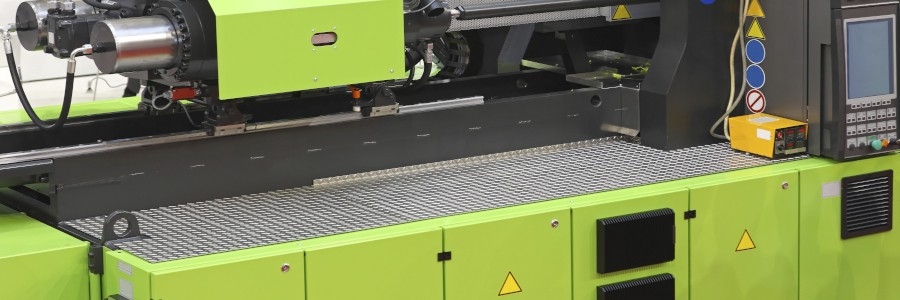

"L’accumulation de vernis résultant de la dégradation de l’huile est un problème qui touche tous les types d’équipements industriels lubrifiés. Dans les systèmes hydrauliques, le vernis a tendance à se former dans les zones de forte chaleur ou de tolérances serrées, des servodistributeurs jusqu’à la tuyauterie fondamentale du système de circulation. Un vernis persistant et non contrôlé peut nuire grandement à l’efficacité opérationnelle. Dans le pire des cas, il peut causer des dommages suffisamment graves pour nécessiter des réparations et des temps d’arrêt coûteux, voire le remplacement complet d’équipements dispendieux.
L’un de nos clients a fait face à cette situation, soit la perspective de devoir mettre aux rebuts trois machines de moulage par injection de plastique d’une valeur estimée à 500 000 $ chacune, si son problème de vernis ne pouvait être résolu. Nous expliquerons comment nous avons résolu le problème dans un instant, mais commençons par expliquer ce qu’est le vernis, d’où il vient et les meilleures façons de l’éliminer."
Qu’est-ce que le vernis?
Qu’est-ce que le vernis?Le vernis est un dépôt mince, lustré et insoluble dans l’huile qui adhère aux surfaces métalliques des composants internes de l’équipement. Composé principalement de résidus organiques mélangés à des métaux, des sels inorganiques et d’autres contaminants, il est généralement causé par la dégradation du liquide hydraulique sous l’effet d’une chaleur excessive. À mesure que l’huile se dégrade, des impuretés se forment et se regroupent en particules submicroniques insolubles. En peu de temps, ces particules deviennent polaires, c’est-à-dire qu’elles sont attirées magnétiquement par les surfaces métalliques, où elles forment une plaque dure ou collante qui nuit au fonctionnement de l’équipement.
L’un des grands défis concernant le vernis est de savoir quand il est présent, car il n’est généralement pas visible. Un échantillonnage de l’huile peut vous indiquer s’il y a des précurseurs de vernis dans l’huile. Cependant, une fois le vernis formé, il ne laisse aucune trace dans l’huile. Un test de colorimétrie MPC, tel que l’analyse d’huile MPC Plus de Chevron, peut être un moyen efficace de prévoir la formation de substances polaires dans l’huile. L’inspection visuelle est toutefois le seul moyen d'être certain que du vernis s’est formé dans le système. Cela signifie qu’il faut retirer des composants du système et mettre le système hors service. Si un composant fonctionne de manière irrégulière ou si la température du système est plus élevée qu’à l’habitude, cela indique généralement qu’une inspection visuelle est justifiée.
Il existe un certain nombre de formules de détergents et de dispersants à base de solvants sur le marché qui prétendent nettoyer le vernis, mais la plupart ne permettent pas de l’éliminer efficacement. Certains peuvent même causer des problèmes supplémentaires. S’ils décomposent le vernis plaqué en morceaux ou en éclats solides, ceux-ci seront très probablement remis en circulation dans d’autres zones du système. De plus, s’il y a des résidus d’huile dans le système et que le nettoyant n’est pas complètement évacué, cela peut compromettre la nouvelle huile qui sera ajoutée.
Qu’est-ce que le nettoyant pour système industriel VARTECH®?
Le nettoyant pour système industriel VARTECH® est un produit d’enlèvement du vernis sans solvant qui peut être ajouté directement au liquide hydraulique en cours de fonctionnement, juste avant une vidange d’huile programmée. Il agit en solubilisant le vernis plaqué qui est ensuite mis en suspension dans le lubrifiant sous forme de microparticules, qui sont à leur tour éliminées complètement lors de la vidange de l’huile usée. Le nettoyant pour système industriel VARTECH est entièrement compatible avec tous les liquides hydrauliques à base d'huile minérale ou synthétique, ce qui minimise le risque d’endommager le système lorsque de l’huile neuve est introduite après un nettoyage.
Lors d’essais exhaustifs effectués dans notre laboratoire et dans les grandes universités de recherche, le nettoyant pour système industriel VARTECH de Chevron a démontré son efficacité pour l’élimination complète du vernis et la restauration des systèmes hydrauliques à leur pleine capacité. Cependant, la preuve la plus spectaculaire de son efficacité dans les systèmes hydrauliques a été offerte par l’opérateur de l’usine de moulage par injection de plastique mentionnée plus haut.
Le client exploitait trois machines Cincinnati Milacron de 850 tonnes qui étaient destinées à la ferraille en raison de leur rendement inadéquat causé par l’accumulation de vernis. Deux tentatives de résoudre le problème avec des nettoyants commerciaux et une brosse à récurer se sont avérées infructueuses. Le client a ensuite accepté de tester le nettoyant pour système industriel VARTECH sur ses machines.
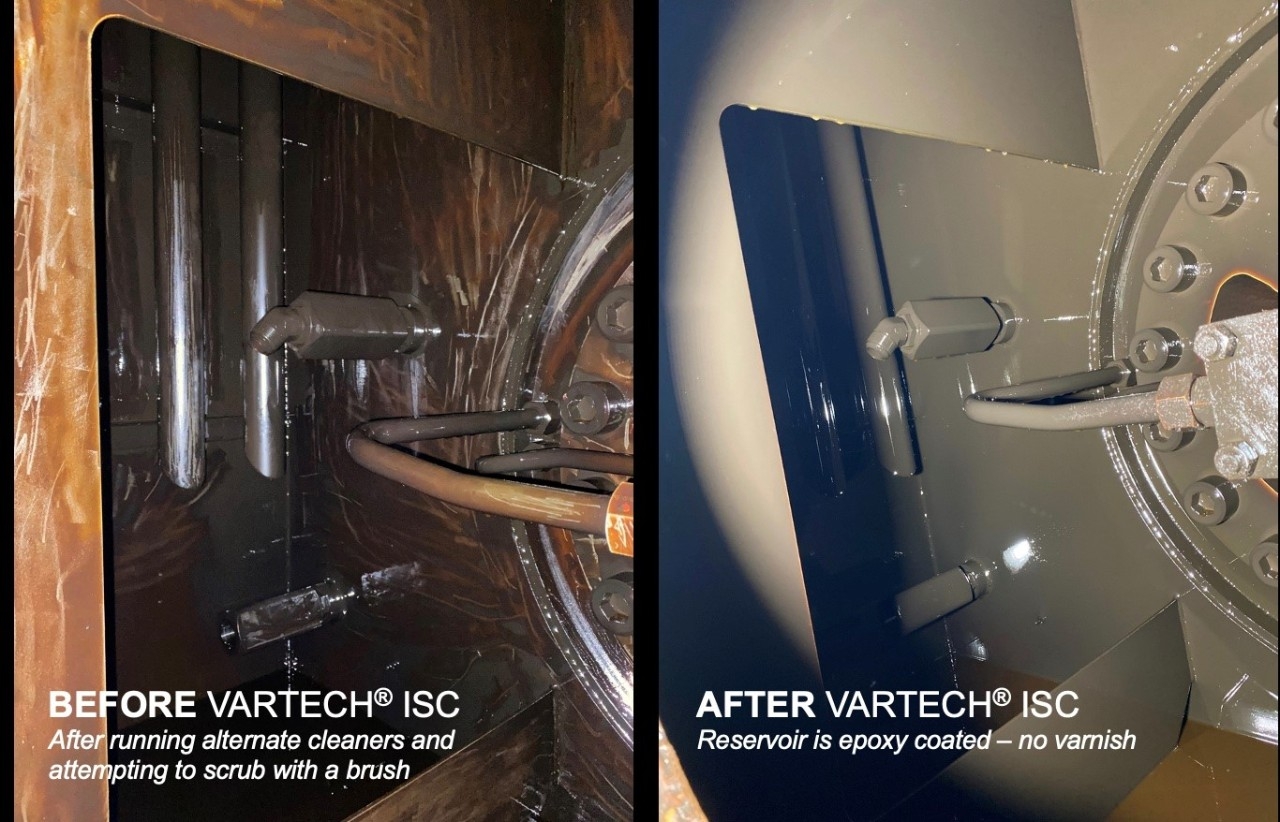
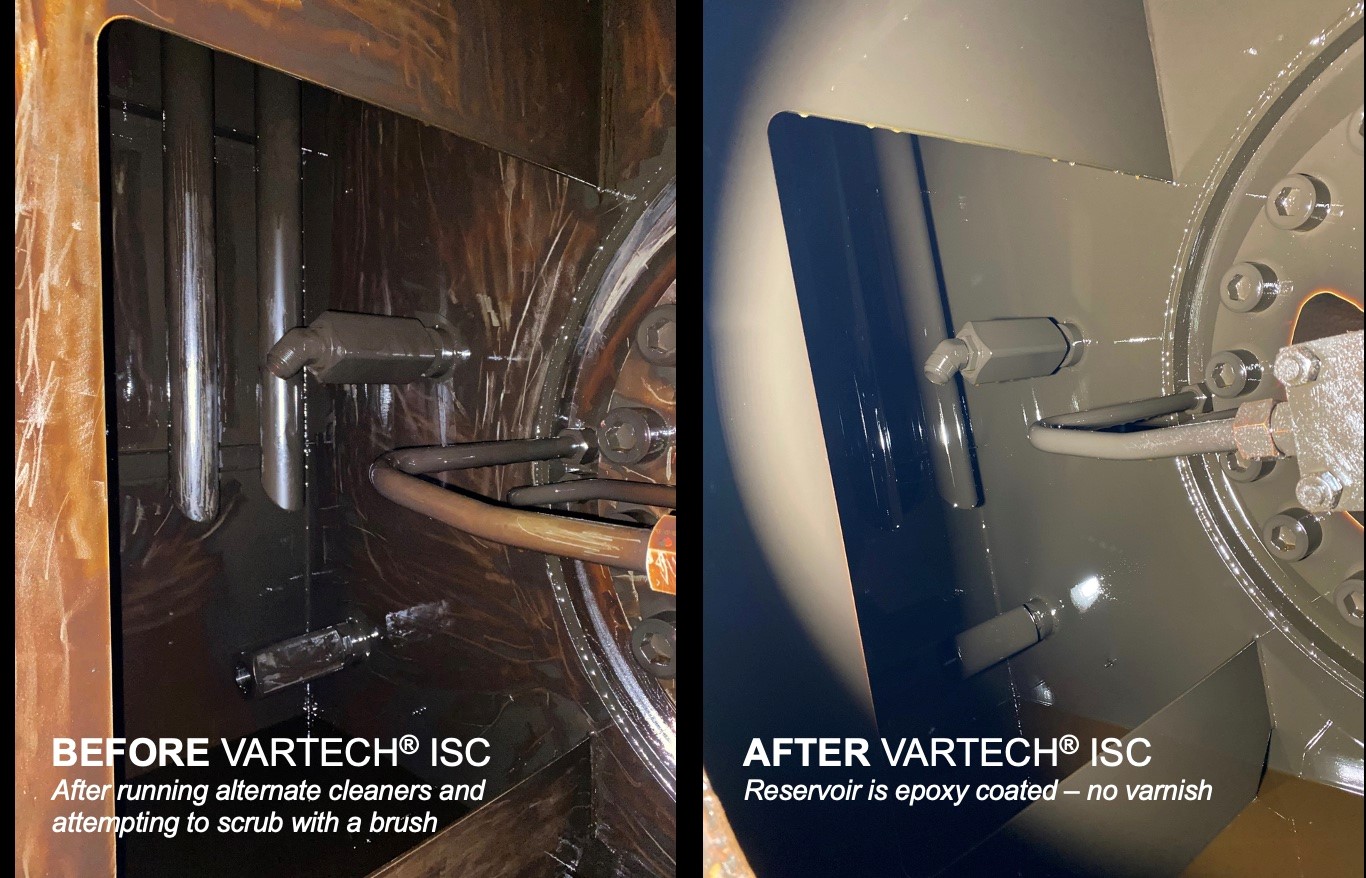
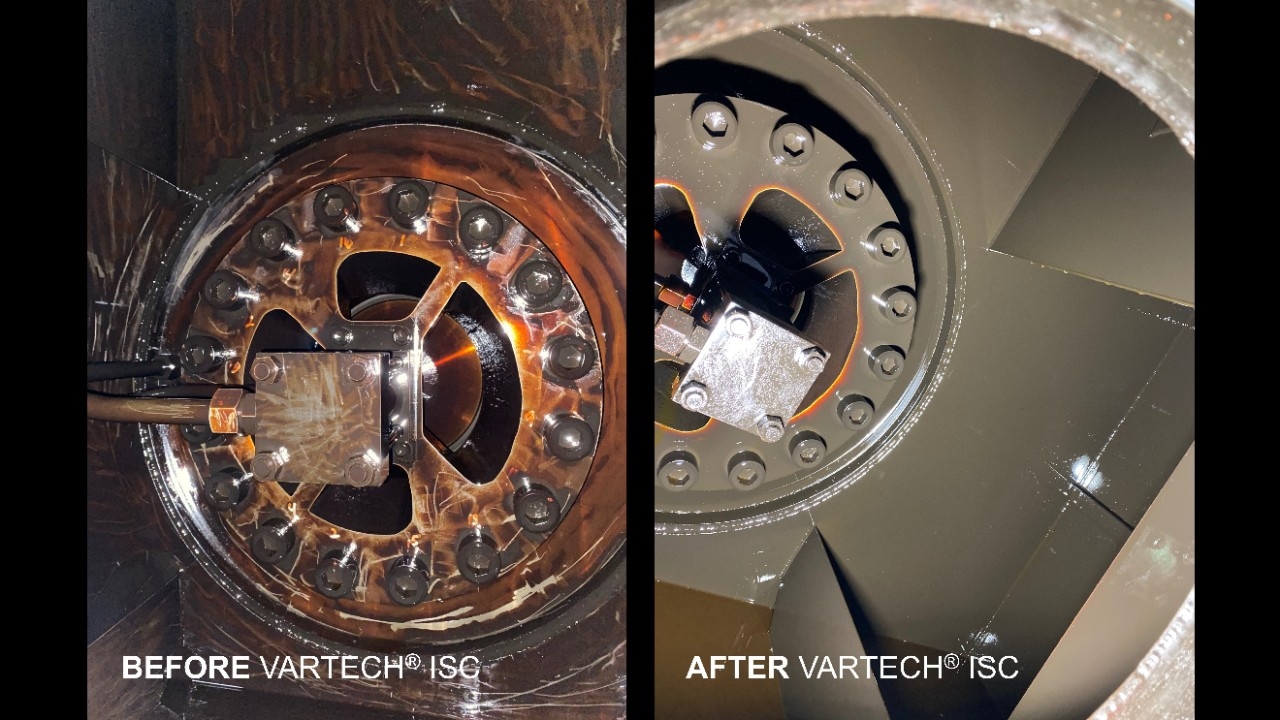
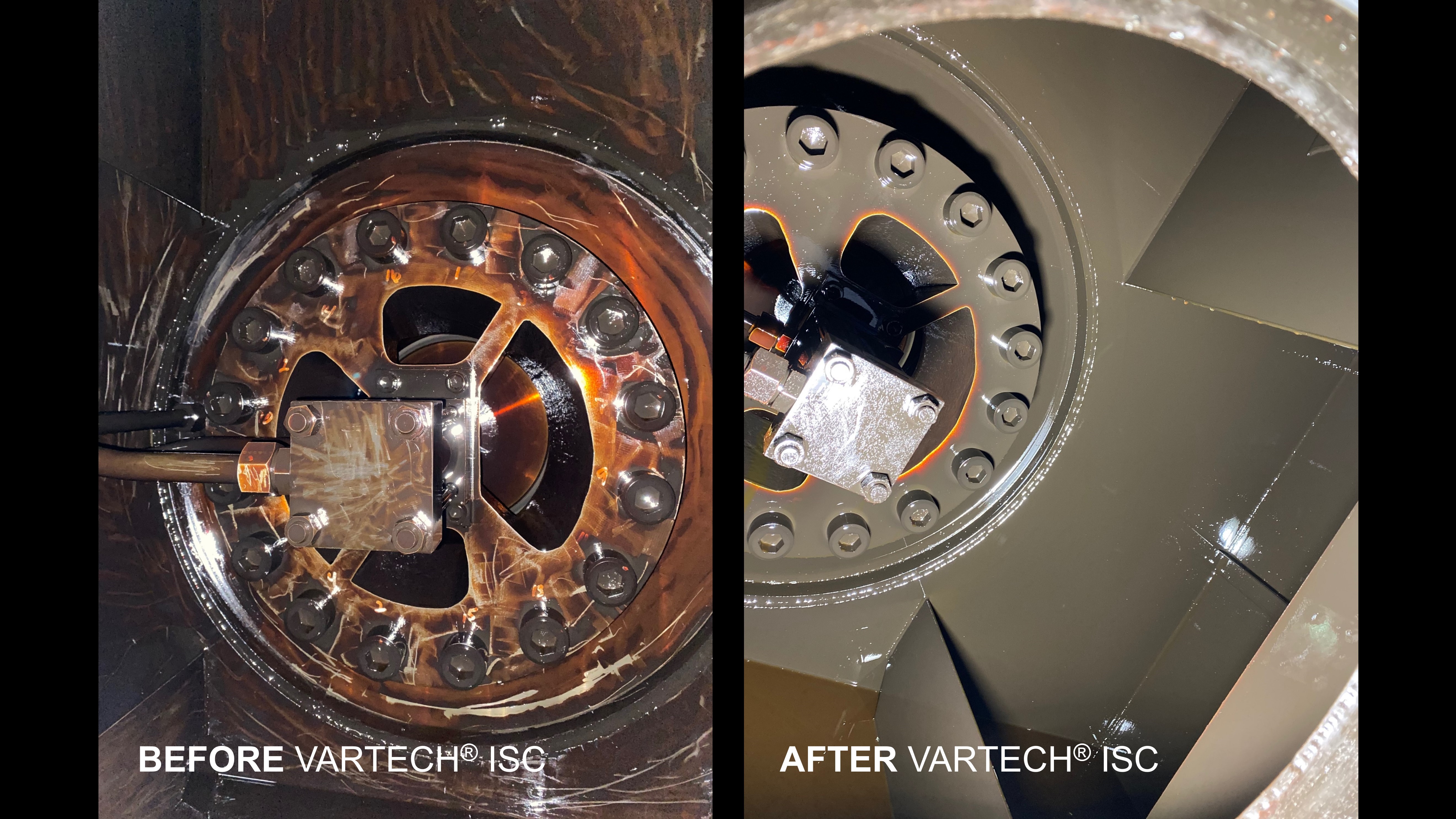
Les résultats « avant et après » parlent d'eux-mêmes. Non seulement le vernis a été entièrement éliminé, laissant les composants concernés avec un éclat « comme neuf », mais l’équipement que l’on croyait en fin de vie a pu être remis en service, ce qui a permis au client d’économiser un montant estimé à 1,5 million de dollars. Il a également été en mesure de reprendre sa production à des rythmes normaux.
Le succès et la rentabilité des opérations industrielles dépendent du rendement fiable et durable des équipements. L’atténuation de l’impact du vernis est un élément essentiel de l’entretien des équipements. Là où d’autres solutions ont échoué, le nettoyant pour système industriel VARTECH de Chevron a prouvé qu’il pouvait rétablir la fiabilité et prolonger la durée de vie utile des systèmes hydrauliques compromis par le vernis, ce qui permet de réaliser des économies potentielles de plusieurs millions de dollars et de maintenir une production optimale dans les usines.
07/10/2024




























